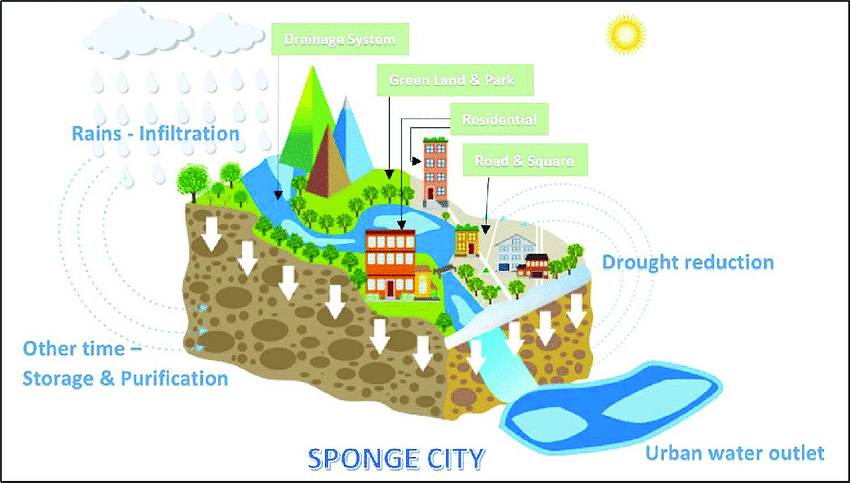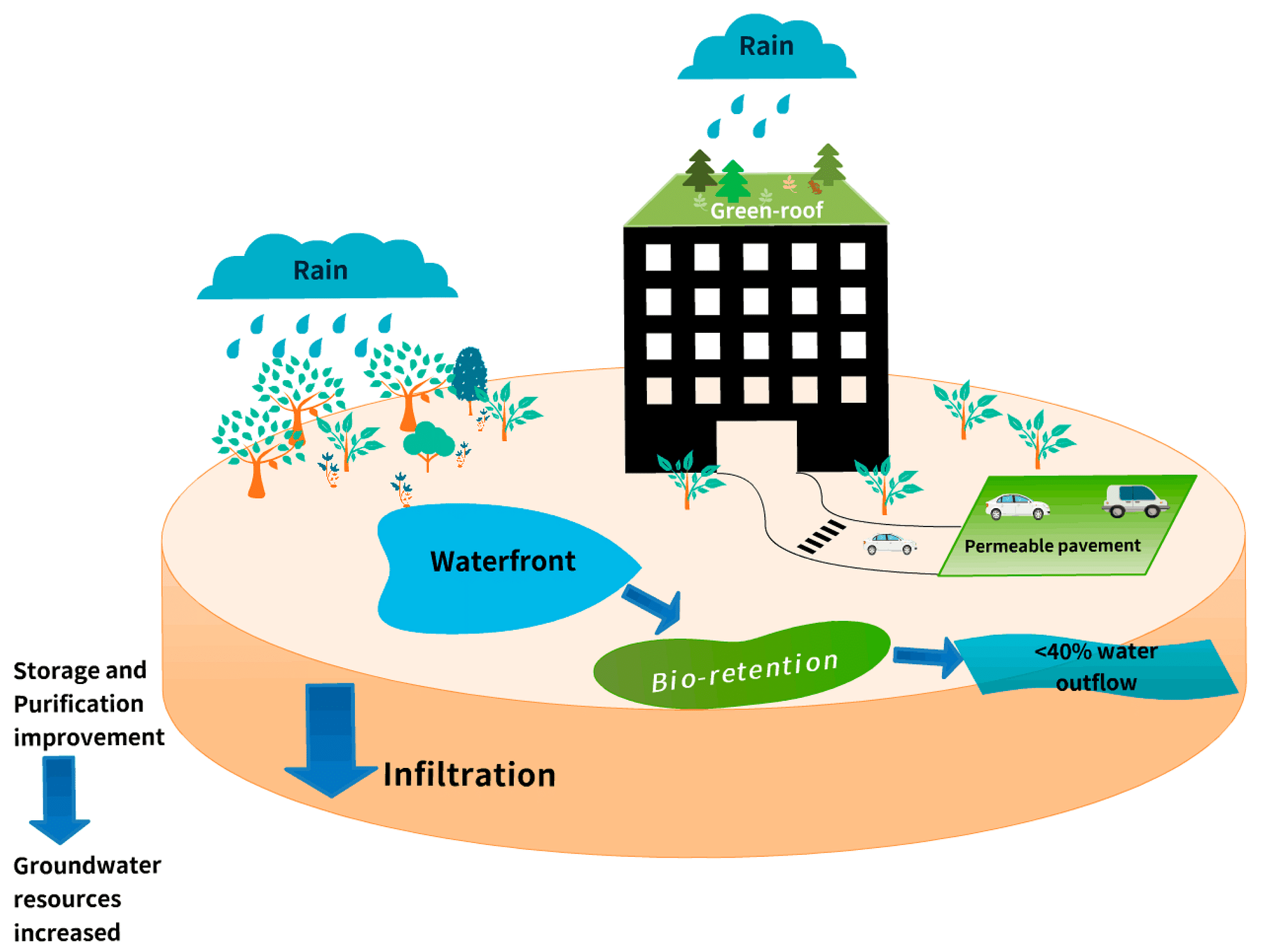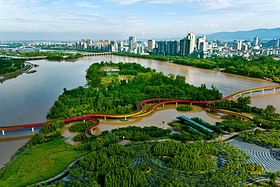Sponge parks play a crucial role in mitigating flood risks, enhancing water resource management, and improving overall urban resilience.
The Greater Chennai Corporation (GCC) is currently developing 42 sponge parks before the onset of the northeast monsoon this year. This initiative is part of the 57 parks commissioned at a cost of ₹7.67 crore.
The selection of a sponge park’s location is based on an existing park with surrounding roads to ensure a guaranteed water flow, as well as the condition of the soil.
Sponge parks prove particularly beneficial in low-lying areas. In north Chennai, 21 parks are currently under development, including one in Tondiarpet, which is being constructed at a cost of Rs 8.5 lakh.
This park will serve as a centralised structure for water harvesting, benefiting the entire neighbourhood.
The detailed project report (DPR) for an expansive state-of-the-art sponge park with sports facilities and footpaths is in the final stages. The park is expected to cover two zones, considering various scientific parameters such as infiltration rate.
Sponge parks
Sponge parks play a crucial role in preventing floods in the surrounding areas by collecting and storing water during heavy rain. They also contribute to recharging the groundwater level and enhancing the permeability of urban spaces.
The work on sponge parks will include the construction of mini ponds and trenches at the park. The trenches will carry water from roads and stormwater drains into the pond.
The pond will be surrounded by a wall and stone pitching along with fencing for safety.
Inlet pipes will be created into the ponds that will collect water from drains side of the roads and outlet pipes will drain out the excess water.
Rainwater harvesting structures with well rings inside the ponds will also be constructed to allow the percolation of water and help tree plantations around the pond.
“The infiltration rate of the soil and the intensity of rain determine the capacity of a sponge park. Any excess water is directed towards the nearest stormwater drain,” explained M Sivaguru Prabakaran, Regional Deputy Commissioner — north Chennai.
Corporation Commissioner J Radhakrishnan stated, “Sponge parks can collect water throughout the year, not just during the monsoon season. By preventing run-off, these parks can recharge the groundwater,” reports The Hindu.
Cities as diverse as Shanghai, New York and Cardiff are embracing their “sponginess” through inner-city gardens, improved river drainage and plant-edged sidewalks.
Why do sponge cities matter?
Sponge cities, also known as water-sensitive cities or sponge urbanism, are urban areas that adopt strategies and infrastructure to effectively manage and utilise rainwater.
The concept of sponge cities has gained importance due to the increasing frequency and intensity of rainfall, as well as the growing challenges posed by climate change.
These cities aim to mitigate flood risks, enhance water resource management, and improve overall urban resilience.
A recent Intergovernmental Panel on Climate Change (IPCC) report said 700 million people already live in areas where rainfall extremes have increased, a number expected to grow as global temperatures rise.
An equal benefit of sponge cities is that they can hold more water in rivers, greenery and soil instead of losing it to evaporation, meaning they are more resilient to drought.
In the past decade, Chennai has endured more frequent and intense flood and drought extremes. In 2015, Chennai recorded a rainfall depth of 348 mm over a 24-hour period, exceeding the 1:100-year annual recurrence interval rainfall depth estimate, following multiple torrential rainfall events in the course of a month.
This caused severe flooding, which claimed more than 400 lives.
Natural ways to absorb urban water are about 50 per cent more affordable than man-made solutions, and are 28 per cent more effective, according to earlier research by global design firm Arup and the World Economic Forum (WEF).

How can Chennai become a ‘sponge city’?
A city’s sponginess is not set in stone. Adding more parks, trees, other greenery or natural drainage can boost a city’s absorbency and make it more flood- and drought-resilient.
Developing more parks, green roofs, vertical gardens, and other vegetated areas that can absorb and retain rainwater.
Promoting the collection and storage of rainwater for various purposes, including irrigation, groundwater recharge, and non-potable water uses.
Many cities are adding green spaces to increase sponginess and deliver other benefits, from cleaner air to wildlife habitat and places to escape the summer heat.
Landslide-hit Freetown, Sierra Leone’s capital, for instance, is planting trees to help prevent future disasters, while Tirana in Albania is creating a ring forest to clean the air and halt urban sprawl.

Digital mapping tools can allow Chennai to quickly gauge the best use of their available space – from rainwater harvesting to ponds and inner-city gardens – as well as the risks in not doing so.
Educating the community about the benefits of sponge cities and encourage their participation in water management initiatives, such as water conservation and rainwater harvesting.
By adopting these strategies, Chennai can enhance it’s resilience to climate change, reduce the risk of flooding, and create more sustainable and livable urban environment.


